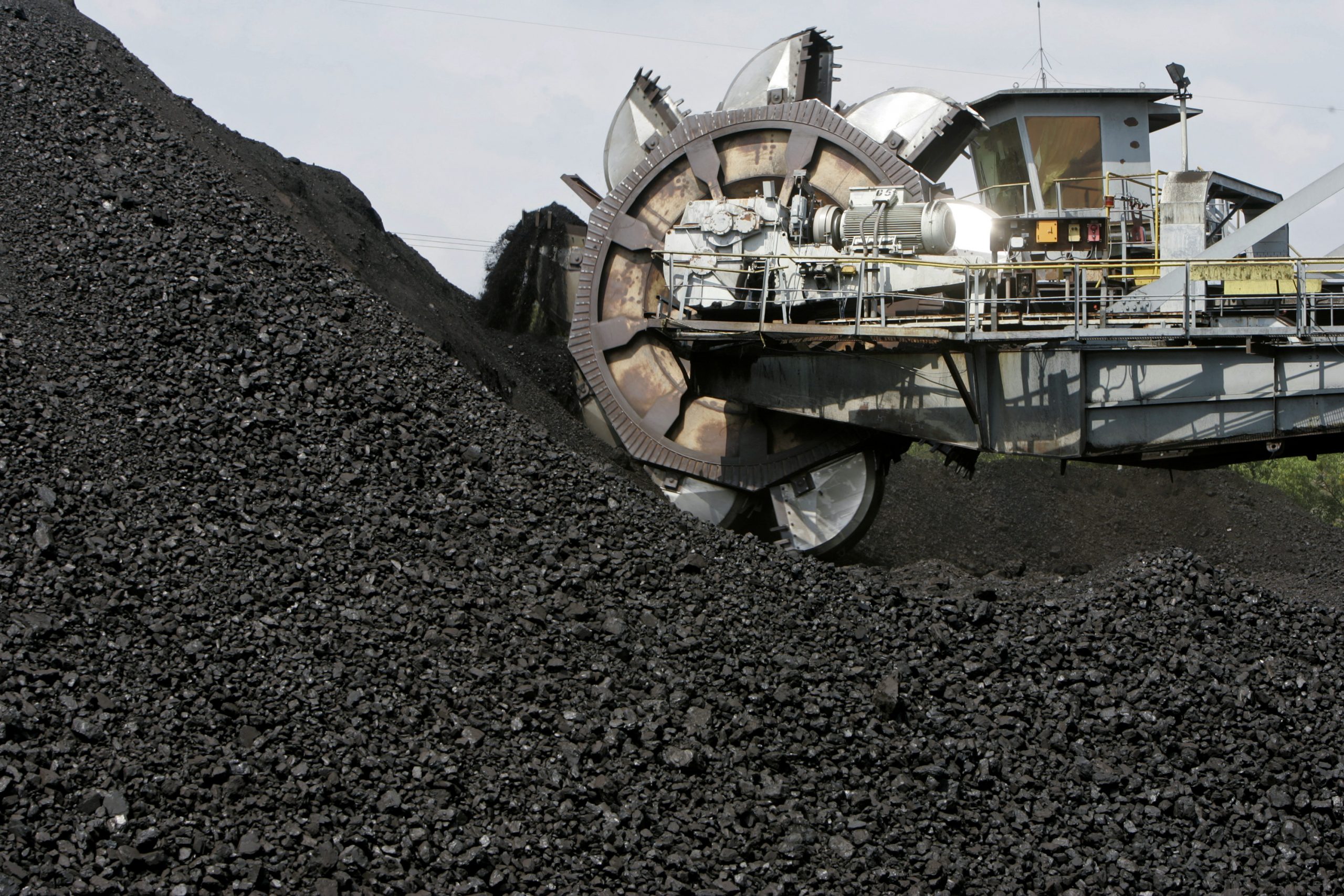By Tumelo Nare
Reckless coal mining activities around the Hwange area have led to irreversible damage to the environment and serious pollution of major water sources, investigations have revealed.
Hwange Colliery Company (HCCL), Makomo Resources, Chilota and VMK and Coalbricks were identified as the major culprits in the recent probe done by the Centre for Natural Resources Governance (CNRG).
The investigation revealed massive air, land and water pollution due to coal mining and power generation by the Zimbabwe Power Company (ZPC).
Hwange in Matabeleland North is the epicentre of coal mining in Zimbabwe and recently came under the spotlight after two Chinese companies were granted coal mining grants inside the national park.
The Hwange National Park – the largest game reserve in Zimbabwe – is said to have vast untapped coal deposits but conservationists argue that allowing mining activities to take place the will damage the fragile ecosystem.
Following a public outcry, the government was forced to cancel special grants given to the Chinese firms inside the giant game reserve.
Besides the threat to the environment, the CNRG environmental impact assessment of the Hwange area that was commissioned in 2017, revealed massive pollution of water bodies as well as the atmosphere.
Farai Maguwu, the CNRG executive director said the study showed that there was severe air, land and water pollution due to coal mining and power generation in Hwange.
“Noise from blasting and operating plant machinery such as dump trucks and excavators is affecting nearby residents and wildlife, and diesel fumes from machinery and coal-transporting trucks affect the health of local communities,” Maguwu said.
“There is also massive deforestation in all areas where the mining companies are operating for example at Chilota and Makomo mines.
“Massive discharge of fumes were noted at Zimbabwe Power Company, these are the results of the burning of coal at the thermal power station.
“Well known by-products of burnt coal are sulphur dioxide, carbon monoxide and coal ash all which are both harmful to life.”
Studies have shown that exposure to dust and diesel fumes from heavy machinery on opencast coal mines can cause ill health in near-by communities and increases the prevalence of chronic obstructive pulmonary disease, certain cancers and asthma, he added.
PERMANENT DAMAGE
The investigations revealed that coal mining by HCCL, Makomo, Chilota, WMK & Coalbricks Mines have resulted in substantial and permanent changes in the landform in the district.
“Some changes to the landscape are largely irreversible, but mitigation measures can be implemented that can make the post-mining landscape usable by the community in a less hazardous manner,” the report says.
“This can be attained by the rehabilitation of the open cast pits soon after the decommissioning stages.”
More worryingly, investigations revealed that open cast mining by the now dysfunctional WMK mine-affected groundwater reserves through underground contaminations.
WMK mine has since stopped operations, leaving a trail of contaminated water sources, the study revealed.
“These contaminated water sources are posing a health hazard to people as well as animals,” the report added.
“Acid mine drainage produced by the leaching of sulphide minerals present in the coal has had a direct impact on drinking water quality, aquatic life and corrosion of equipment and structures.
“The water will be too acidic and is not suitable for domestic use.”
WATER CONTAMINATION
The erosion of stockpiles at Chilota mine has also led to sedimentation at the nearby Dheka River.
Dheka River is the main source of water for the coal mining town and surrounding villages.
“Water contamination is also caused by coal dust settling on the surface water environment as well as from leaching and toxic drainage of particulates,” the report says.
“Rainwater infiltrating through the overburden stockpiles and/or backfilled material and the underlying soils into the groundwater environment pollute the aquifers due to increased salt load and metals.”
The clearing of naturally occurring vegetation, levelling of land, creation of hard surfaces and the creation of compacted surfaces to make way for development of Chilota, WMK, HCCL and Makomo mines caused changes to the environment that led to the alteration of normal drainage patterns.
“Vehicular movements/maintenance create the potential for substances such as oils and lubricants to leak into the surrounding environment,” the report added.
“Once in the environment, these substances are carried into the aquatic ecosystem via water run-off.
“Aquatic life within the Dheka River has been affected by these pollutants.
“These substances drain into Dheka River, which is the main water source for local communities.”
An examination of Dheka River revealed decreased water quality, altered flow dynamics, heavy metal bioaccumulation in plants and livestock as well as health risks to humans; and negative impacts on biodiversity
The report added: “lt has been noted with great concern that soils are heavily contaminated due to disposal of chemicals from the mining activities.
“This has greatly affected the growth of plants hence no trees are growing perfectly well in the area.
“Vegetation has been greatly affected hence the change of the balance between the rainfall patterns and evapotranspiration.
“Soil contamination has shown that the pH of the soils is highly acidic – up to 76%.”
MNANGAGWA’S AGGRESSIVE PUSH
Since seizing power in a military coup that toppled long-time ruler Robert Mugabe in 2007, President Emmerson Mnangagwa has been pushing for aggressive exploitation of Zimbabwe’s coal reserves.
Several coal mines have since been set up around the Hwange area amid fears that they pose a serious threat to the environment.
The government has identified coal as one of the minerals that will make its vision for a $12 billion mining industry by 2023 a reality.
Zimbabwe’s push to establish more coal mines comes at a time the world is moving away from its reliance on fossil fuels to renewable energy to minimise the effects of climate change.

